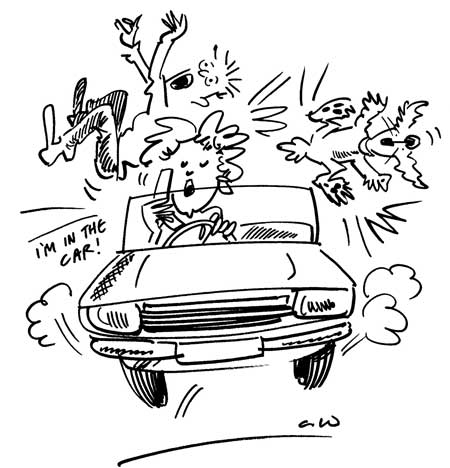|
|
|
Mobile phones cause accidents – but why?... |
|
A new study by Economics Professor Peter D. Loeb at Rutgers University, Newark, looked at mobile phone use and motor vehicle accidents from 1975 through 2002, and factored in a number of variables, including vehicle speed, alcohol consumption, seat belt use, and miles driven. The studies found the cell phone fatality correlation to be true even when all these
factors were accounted for.
First Published May 2009 |













